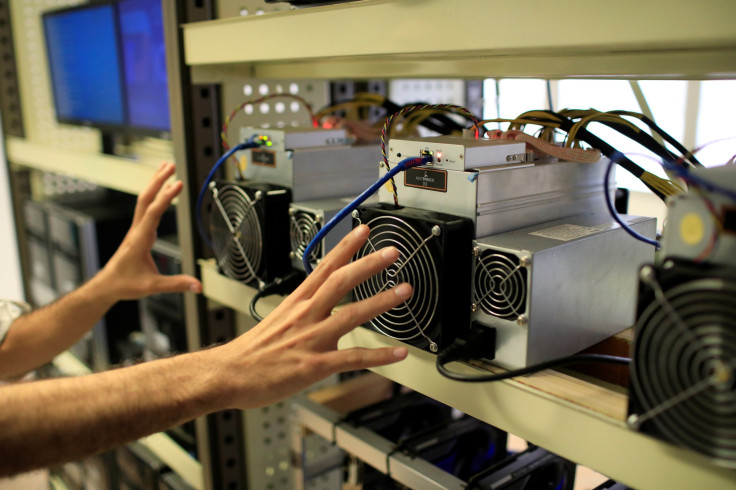Iran Legalizes Cryptocurrency Mining, Moves Closer To Launching National Cryptocurrency

Following in the footsteps of Venezuela, Iran is considering launching its own national cryptocurrency. In a preliminary step toward that, Iran's Supreme Council of Cyberspace said it was according legal status to the mining of cryptocurrencies, which had not been recognized as a legal activity until now.
The relationship between Iran and cryptocurrencies has been fluctuating for a long time now. Recently, the country introduced a ban on changing local currency into cryptocurrencies and a ban on local banks' interaction with cryptocurrency exchanges. Now that the rial is losing its value as an effect of resumed U.S. sanctions, the country is considering issuing its own cryptocurrency and the first effective step toward the removal of the ban would appear to be the recognition of mining as a legitimate operation.
IBENA, an Iranian financial and economic news agency, reported the government had finally accepted the mining of cryptocurrencies as a lawful activity.
“A decision-making authority will declare the framework and final policies for trade and participation of startups and trade activists in the cryptocurrency sphere by the end of the current month (ending on September 22), but no definitive decision has been taken yet,” IBENA reported, citing Abolhassan Firouzabadi, secretary of Iran's Supreme Council of Cyberspace.
The decision to legitimize mining was agreed with all other public sector related organizations in Iran, such as the Ministry of Information and Communications Technology, the Central Bank of Iran, the Ministry of Industry and Trade, the Ministry of Energy and the Ministry of Economic Affairs and Finance, although the final legislation policy had not yet been passed.
With regard to the launching of a new cryptocurrency, Firouzadabi told IBENA “it is promising and can be used as a financial transaction instrument with Iran’s trade partners and friend countries amid economic pressures through U.S. sanctions.”
Also, the National Cyberspace Center was working with the country's central bank to manage the regulation of the exchange rates from fiat to cryptocurrencies.
Although the launch date of the national cryptocurrency was still unknown, the Iranian government released details about the currency which hinted it was in the final stages of development.
Iranian technology company Informatics Services Corporation designed and developed the new cryptocurrency, which hasn't been named yet. ISC told IBENA the national currency was based on Hyper-ledger Fabric Platform technology, a blockchain framework which acts as a foundation for developing blockchain-based products, solutions, and applications using plug-and-play components aimed for use within private enterprises.
The issuer of the Iranian cryptocurrency will be the Central bank of Iran, whereas it shall be developed under private blockchain infrastructure and cannot be mined further. “Other functions of this blockchain infrastructure include phase one as a token and interbank payment instrument and phase two as an instrument for retail payments in a society,” IBENA reported.
In May, Mohammad Reza Pourebrahimi, head of the economic committee of Iran’s parliament, told IBENA the national cryptocurrency could pave the path for multilateral currency swap agreements between Iran and countries which were enthusiastic to have economic cooperation with the country, something Iran couldn't do so far due to the U.S. sanctions.
The Trump administration announced in May the U.S. would withdraw from the international agreement signed between Iran and six world powers that eased sanctions on Iran in exchange for the country limiting its nuclear program. The resumed U.S. sanctions won't come into full effect until November, but a prohibition on purchases of dollars by the Iranian government and on purchases of Iranian rials by U.S. citizens began early August.
© Copyright IBTimes 2025. All rights reserved.





















